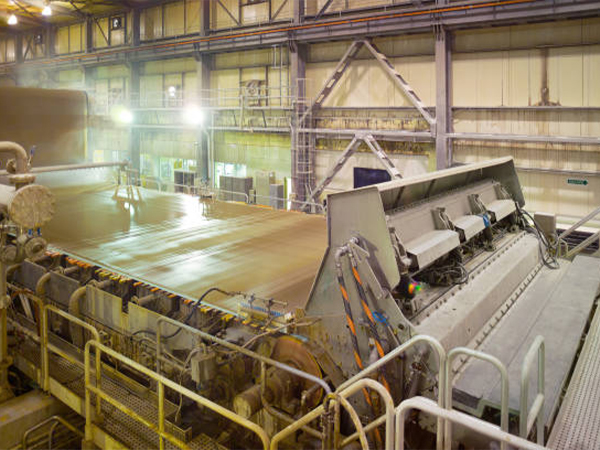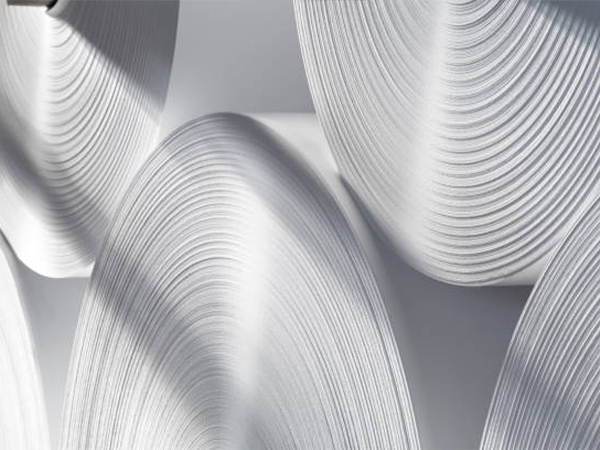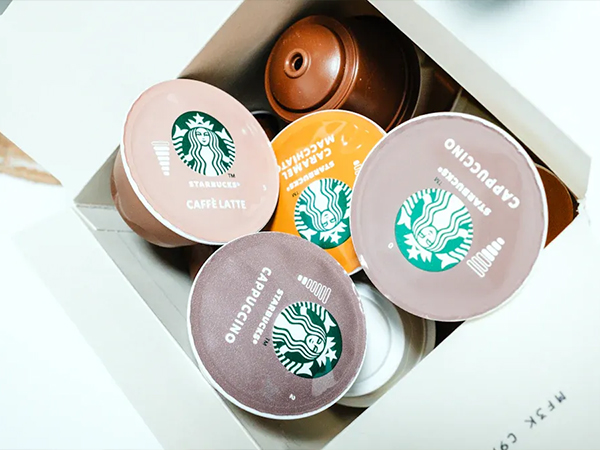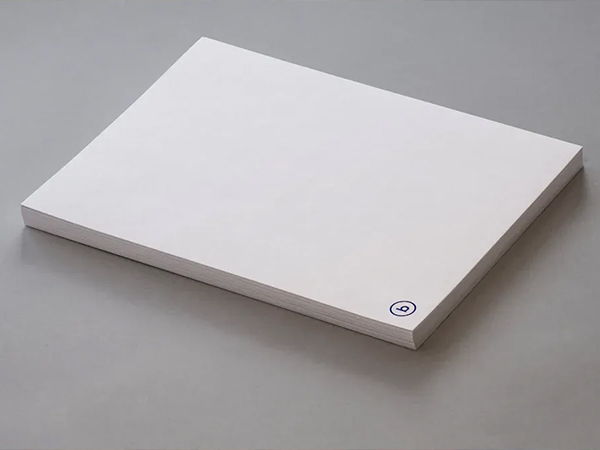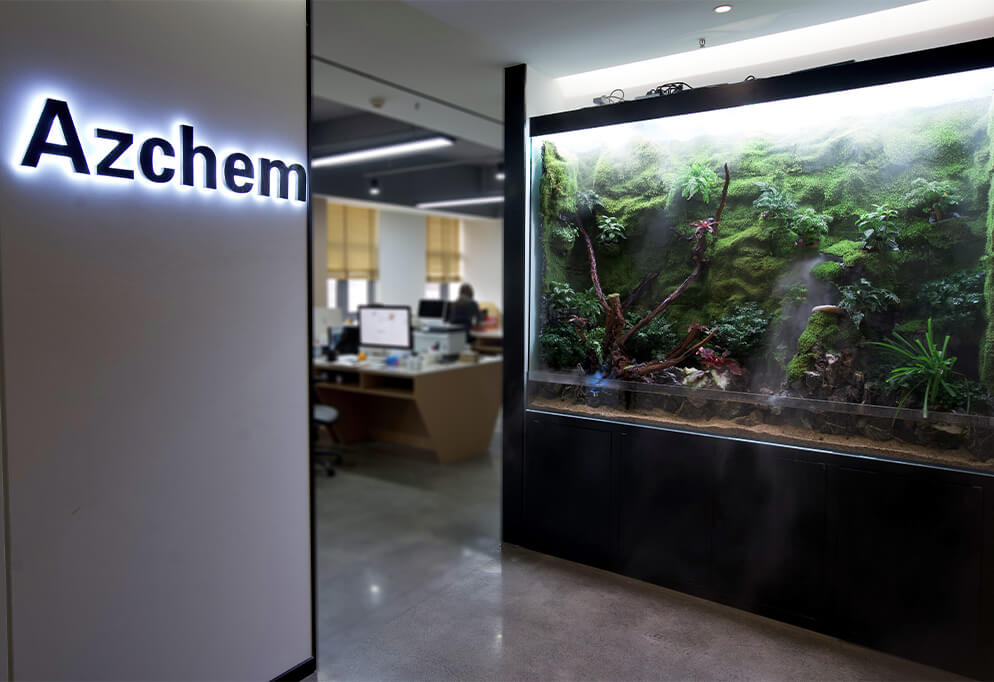
You rely on Paper Dyes to achieve vibrant color, enhanced brightness, and consistent uniformity in every sheet. Industry reports reveal that strong demand in packaging and printing sectors drives market competitiveness, expanding application areas and supporting growth.
- The paper dye market is expected to grow at a CAGR of 3.65% from 2025 to 2032, reaching nearly US$ 1.54 billion.
- Global projections predict a CAGR of 12.25% from 2024 to 2032, signaling significant expansion.
Key Takeaways
- Choosing the right paper dye is crucial for achieving vibrant colors and uniformity. Consider dye types like direct, acid, and basic dyes based on your paper’s final use.
- Maintaining precise control over dye application and pH levels can significantly enhance color consistency and brightness in your paper products.
- Utilizing advanced technologies, such as inline color measurement systems, helps monitor and adjust color in real-time, ensuring high-quality results.
- Investing in eco-friendly dye formulations not only meets sustainability goals but also aligns with growing consumer demand for environmentally responsible products.
- Regular maintenance and calibration of equipment are essential to prevent common defects and ensure consistent color quality throughout the papermaking process.
Paper Dyes in Papermaking
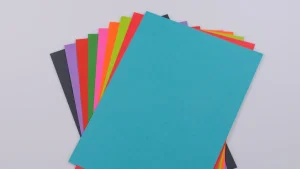
Dye Functions
You play a crucial role in the papermaking process when you choose the right dyes. Paper dyes interact with cellulose fibers through a range of mechanisms, including ionic interactions and intermolecular forces. This interaction allows dyes to bind effectively to the fibers, which directly impacts the brightness, color intensity, and uniformity of the finished paper. The pH level during production influences how well the dye binds, which can change the final shade of the paper. The size and structure of dye particles also affect their affinity for cellulose, shaping the overall color quality.
When you introduce dyes into the pulp, you enhance the visual appeal of paper products. Different dye types interact uniquely with pulp fibers. For example:
- Direct dyes bond directly with paper fibers, increasing brightness and color intensity. You can easily dissolve them in water and mix them with pulp, which ensures uniform coloring.
- Acid dyes produce deep, intense shades and improve durability. They require an acidic environment to bind effectively, which results in even color distribution.
- Reactive dyes form chemical bonds with cellulose fibers, which boosts color fastness and durability. These dyes need an alkaline medium to create stable bonds that resist fading.
Tip: Adjusting the pH during dye application can help you achieve the exact shade and color consistency you want.
Dye Selection
Selecting the right dye type is essential for achieving your desired paper properties. You must consider the pulp composition, the final use of the paper, and the performance requirements. The three main categories—direct, basic, and acid dyes—each offer unique benefits and limitations.
| Dye Type | Affinity for Pulp | Key Properties |
|---|---|---|
| Direct Dyes | High | Planar molecular structure, positive charge, extended conjugation, good light fastness, bleed fastness |
| Basic Dyes | Strong for lignin | Strong affinity for lignin-rich pulp, suitable for packaging papers with lower light resistance |
| Acid Dyes | Low | Less affinity for fibers, not commonly used due to poor performance in papermaking |
You often use direct dyes for high-grade papers because they provide good light resistance and do not require fixatives. Basic dyes work best with pulp that contains high lignin content, making them suitable for packaging papers where light resistance is less critical. Acid dyes, on the other hand, have limited use in papermaking due to their low affinity for fibers and the need for fixing agents.
When you select a dye, consider these factors:
- Final Use of Paper: Packaging papers can use basic dyes, while high-quality printing papers benefit from direct dyes.
- Dye Performance: High-grade papers require dyes with excellent light resistance and color fastness.
- Pulp Composition: The type of pulp, especially its lignin content, determines which dye will perform best.
You also need to stay aware of market trends. By 2025, direct dyes are expected to hold a 37.8% market share, while synthetic dyes and liquid paper dyes will account for 71.2% and 59.3%, respectively. These figures show the growing preference for advanced dye technologies that offer better performance and easier application.
Note: Regulatory standards from agencies like the EPA, FDA, and CPSC shape the development and use of paper dyes. You must ensure compliance to meet safety and environmental guidelines, especially for products used in food packaging or consumer goods.
By understanding the functions and selection criteria for paper dyes, you can consistently produce paper with superior color quality and uniformity, meeting both industry standards and customer expectations.
Color Quality
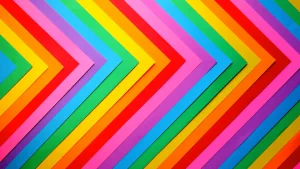
Vibrancy
You achieve vibrant and consistent colors in your paper products by using liquid dyes and precise dye control. Liquid dyes penetrate cellulose fibers efficiently, which leads to uniform color distribution across every sheet. You benefit from high tint strength, which enhances the vibrancy of the final product. The even coloration you obtain with liquid dyes results in paper that is both durable and visually appealing.
- Liquid dyes penetrate cellulose fibers effectively, leading to uniform color distribution.
- They provide high tint strength, enhancing the vibrancy of the final product.
- The even coloration achieved with liquid dyes results in more durable and visually appealing paper.
You notice that customer preferences for color quality and uniformity drive innovation in dye formulations. The demand for high-quality colored paper in packaging and printing sectors continues to grow. Manufacturers respond by developing organic and eco-friendly dyes that meet sustainability standards. You see improvements in color fastness, brightness, and uniformity, which expand the use of vibrant acid organic dyes in commercial printing and specialty paper products.
Customization
You use Paper Dyes to customize paper color, which allows you to create unique and engaging products. Dyes enable you to design visually appealing papers that support branding and product differentiation. You can offer a wide range of colors, which enhances artistic expression and creativity.
- Dyes are essential for creating visually appealing and engaging experiences in paper products.
- They enable unique branding, allowing companies to create recognizable products that stand out in the market.
- The customization of paper color through dyes enhances artistic expression and creativity, contributing to product differentiation.
You gain a competitive advantage in the global paper market by delivering high color quality. The following table highlights how superior color quality impacts your business:
| Evidence Type | Description |
|---|---|
| Product Quality & Consistency | High color quality ensures uniformity, impacting printing and packaging outcomes positively. |
| Innovation & R&D | Investment in advanced pigment formulations enhances product differentiation in the market. |
| Proof & Pilots | Real-world trials, such as Sappi’s pigmented papers, demonstrate superior vibrancy and durability, validating claims of high color quality. |
You position your products for success by meeting customer expectations for vibrant, customizable, and uniform paper. You also support market growth and innovation through your commitment to high color quality.
Color Uniformity
Application Techniques
You achieve superior color uniformity in papermaking by using advanced application techniques. Liquid dyes play a central role in this process. They disperse quickly and evenly throughout the pulp, which minimizes shade variation across the entire sheet. Inline color measurement systems installed on paper machines allow you to monitor color consistency in real time. These systems measure color, moisture, and basis weight, giving you immediate feedback and control over the process. By focusing on measurements in the machine direction, you reduce the influence of external variables and link any color changes directly to the pulp’s properties.
You rely on these technologies to address the natural variability in raw material colors. Real-time adjustments help you maintain even color distribution, which is essential for high-quality printing and packaging papers. You also use automated dosing systems to control the amount of dye added to the pulp, ensuring precise and repeatable results. This approach reduces waste and improves efficiency.
Tip: Regular calibration of color measurement instruments ensures accuracy and helps you maintain consistent color standards throughout production.
Defect Prevention
You encounter several common defects that can affect color uniformity in paper production. Understanding these issues helps you take proactive steps to prevent them. The most frequent defects include:
- Poor slitter cut, which results in rough or irregular edges.
- Profile or slack edges, caused by uneven thickness and moisture content.
- Resin specks, appearing as translucent spots from undissolved resin.
- Ridge, a hard or raised area compared to adjacent sections.
- Roping, which creates longitudinal wrinkles in coated paper.
- Seam marks, light streaks from machine clothing or felts.
- Shadow marks, opacity defects from vacuum and pressure areas.
- Shiners, transparent spots from squeezed fiber bundles during calendering.
- Slime holes, brownish translucent holes from slime in the stock system.
- Slitter dust, accumulation from slitting operations.
- Slivers and shives, small wood pieces or splinters in the sheet.
- Snailing, streaks or snake-like marks on the surface.
- Soft start, tension issues in the first layers of paper on the roll.
- Spongy papers, which are too compressible or absorbent.
- Spots by liquid droplets, regular-shaped marks from liquid contact.
- Starring, structural defects from uneven stress inside the roll.
You prevent these defects by maintaining strict control over the papermaking environment. Consistent dye application, proper machine maintenance, and regular inspection of raw materials help you minimize these issues. You also use coating processes to further enhance color uniformity and surface quality.
Coating chemicals form a thin layer on the paper’s surface, which improves brightness, gloss, and smoothness. Optical brightening agents and titanium dioxide increase brightness by reflecting light. Pigmented coatings boost gloss, opacity, and color intensity, making your paper more visually appealing. These coatings also reduce ink absorption, resulting in sharper prints and faster drying times. Enhanced smoothness and moisture resistance improve print quality and durability, supporting your goal of producing premium paper products.
| Coating Benefit | Description |
|---|---|
| Brightness | Optical brightening agents and titanium dioxide reflect light, increasing brightness. |
| Gloss | Pigmented coatings enhance gloss and visual appeal. |
| Smoothness | Coatings create a uniform surface, improving print quality and durability. |
| Moisture Resistance | Coating chemicals protect paper from moisture, extending product life. |
You combine advanced dye application methods with effective coating processes to deliver paper with exceptional color uniformity. This approach ensures your products meet the highest standards for brightness, gloss, and smoothness, giving you a competitive edge in the market. Paper Dyes remain essential in your strategy for producing consistent, high-quality paper.
Advancements
Modern Dyes
You see rapid progress in dye technology transforming the papermaking industry. Modern liquid dyes now offer full solubility, which lets you dose color precisely and make real-time adjustments. This innovation leads to faster color changes and less machine downtime. You benefit from uniform color distribution across the paper web, which reduces shade variation and the need for rework. Many liquid dyes now contain low levels of VOCs and require less water, supporting your efforts toward eco-friendly manufacturing.
Recent breakthroughs include microencapsulation, which allows for controlled dye release, and biodegradable dye systems that align with sustainability goals. AI-driven color management systems help you achieve consistent results and optimize dye usage. The industry’s shift toward sustainability encourages you to choose eco-friendly dye formulations. Manufacturers now invest in natural dye sources and bio-based synthesis, while nanotechnology and molecular chemistry create organic dyes with superior properties. You also notice that digital printing technologies, when combined with organic dyes, reduce waste and support green certification standards.
Note: Rising consumer demand for sustainably sourced products pushes you to adopt organic dyes and eco-labeling in your strategy.
Coating Innovations
You rely on advanced coating processes to enhance the quality of finished paper products. Modern coatings create a smooth, uniform surface, which results in sharper images and more vivid colors. These coatings add resistance to tearing, moisture, and smudging, improving the durability of your paper. Water-based coatings have become popular due to their lower VOC emissions, while powder coatings offer durability and minimal waste.
Automation and sensors now monitor critical parameters during coating, ensuring consistent quality. Doctor blade coating maintains uniform thickness, and UV coatings cure instantly under UV light, boosting productivity and surface resiliency. These innovations make your process more energy-efficient and sustainable.
| Evidence Type | Description |
|---|---|
| Visual Quality | Coated papers improve the visual quality of prints, making colors more vibrant and details sharper. |
| Longevity | Coatings provide protective layers that increase print longevity by resisting fading and moisture. |
| Brand Recognition | High-quality coated paper can boost brand recognition by about 30% compared to uncoated options. |
| Fading Resistance | Coated papers resist fading around 40% better due to their protective layers. |
You use these advancements in Paper Dyes and coatings to deliver paper that stands out for its color, durability, and printability.
Challenges
Common Issues
You face several challenges when applying Paper Dyes in modern papermaking. Shade variation often disrupts color consistency, making it difficult to meet customer expectations. Color retention can decrease due to chemical interactions or process fluctuations. Metamerism complicates color matching, as colors may look different under various lighting conditions. Color variability arises from inconsistent dye dosages, pulp quality, or bleaching steps. Biocides sometimes degrade dye molecules, which affects color stability and uniformity.
Shade variation impacts the quality and marketability of your paper products.
- G7 color management standards help you maintain consistent gray tones across substrates, supporting flexible color perception.
- Metallized papers offer unique optical effects, enhancing visual appeal and brand differentiation.
- High whiteness in coated paper expands the dynamic range and color gamut, which is essential for color consistency across platforms.
Solutions
You implement several strategies to overcome these challenges and maintain high quality. Advanced dye technologies, such as solution-dyeing, improve color performance and consistency. Acid fixing agents enhance washing color fastness and minimize fading. You rely on process control technologies to monitor and adjust production variables in real time.
You monitor dye dosage, pulp quality, and environmental factors to reduce color variability. Automated systems help you adjust dye levels and process conditions quickly. You also select dyes and coatings that resist degradation from biocides and environmental stress. These solutions enable you to deliver paper with reliable color quality and uniformity, meeting market demands and industry standards.
You rely on Paper Dyes to deliver superior color quality and uniformity in every sheet. Proper dye selection and advanced application techniques ensure consistent results. Ongoing innovation drives market growth and product excellence.
| Aspect | Details |
|---|---|
| Technological Advancements | New dye formulations and application methods boost efficiency and quality. |
| Color Range | Manufacturers achieve broader color options with enhanced performance. |
| Digital Printing Technologies | Precise color matching and reduced waste support customization trends. |
| Market Growth Projection | The market is projected to reach 993.0 USD Million in 2024. |
- Eco-friendly dyes support sustainable packaging.
- Precise color matching enables unique branding.
- Innovative packaging designs drive expansion.
You set your products apart in a competitive market by prioritizing vibrant, uniform paper.
FAQ
What types of paper dyes work best for packaging applications?
You achieve strong color and durability in packaging papers by using basic dyes. These dyes bond well with lignin-rich pulp, making them ideal for packaging that requires less light resistance but high color intensity.
How do you prevent shade variation during papermaking?
You maintain shade consistency by using automated dosing systems and inline color measurement. Regular calibration of instruments and strict process control help you minimize color variation and deliver uniform results.
Are liquid paper dyes environmentally friendly?
You support sustainability by choosing liquid dyes with low VOCs and biodegradable ingredients. Many manufacturers now offer eco-friendly options that reduce water usage and environmental impact.
Can you customize paper color for branding purposes?
You create unique branding by selecting specific dye formulations and adjusting application techniques. Custom colors help your products stand out and support brand recognition in competitive markets.

